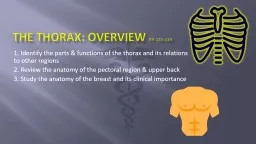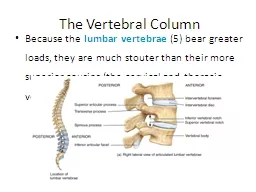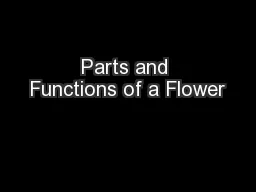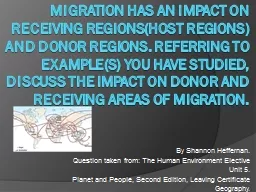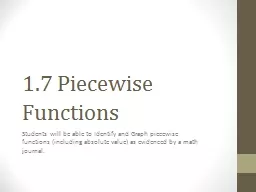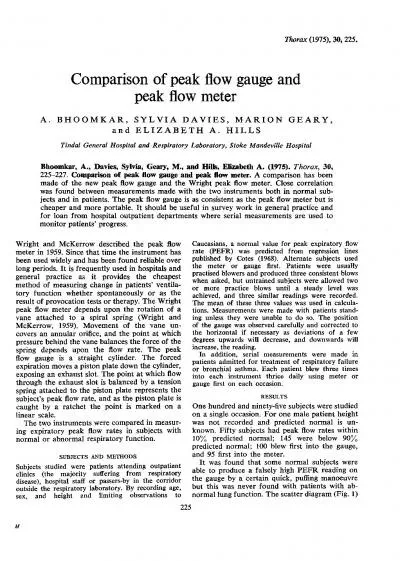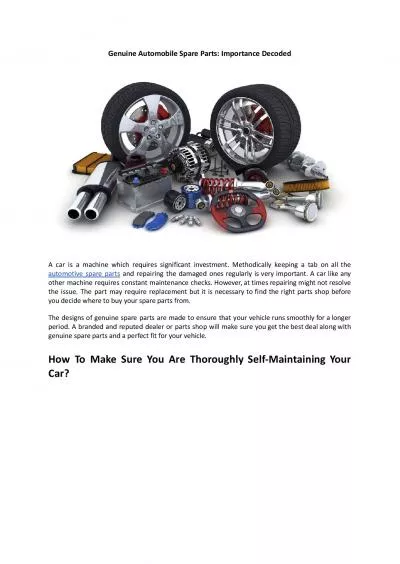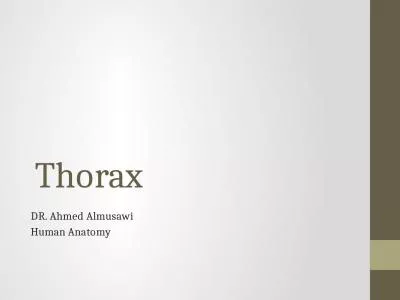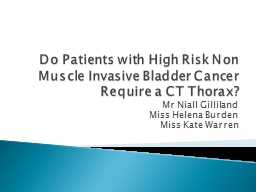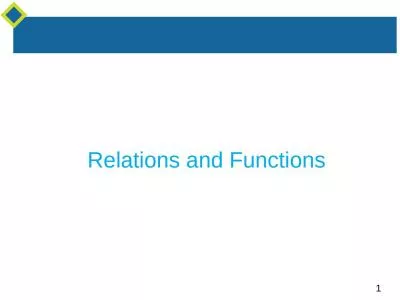PPT-1. Identify the parts & functions of the thorax and its relations to other regions
Author : joyce | Published Date : 2022-06-18
2 Review the anatomy of the pectoral region amp upper back 3 Study the anatomy of the breast and its clinical importance The thorax overview pp 125139 Shape Location
Presentation Embed Code
Download Presentation
Download Presentation The PPT/PDF document "1. Identify the parts & functions of..." is the property of its rightful owner. Permission is granted to download and print the materials on this website for personal, non-commercial use only, and to display it on your personal computer provided you do not modify the materials and that you retain all copyright notices contained in the materials. By downloading content from our website, you accept the terms of this agreement.
1. Identify the parts & functions of the thorax and its relations to other regions: Transcript
Download Rules Of Document
"1. Identify the parts & functions of the thorax and its relations to other regions"The content belongs to its owner. You may download and print it for personal use, without modification, and keep all copyright notices. By downloading, you agree to these terms.
Related Documents

